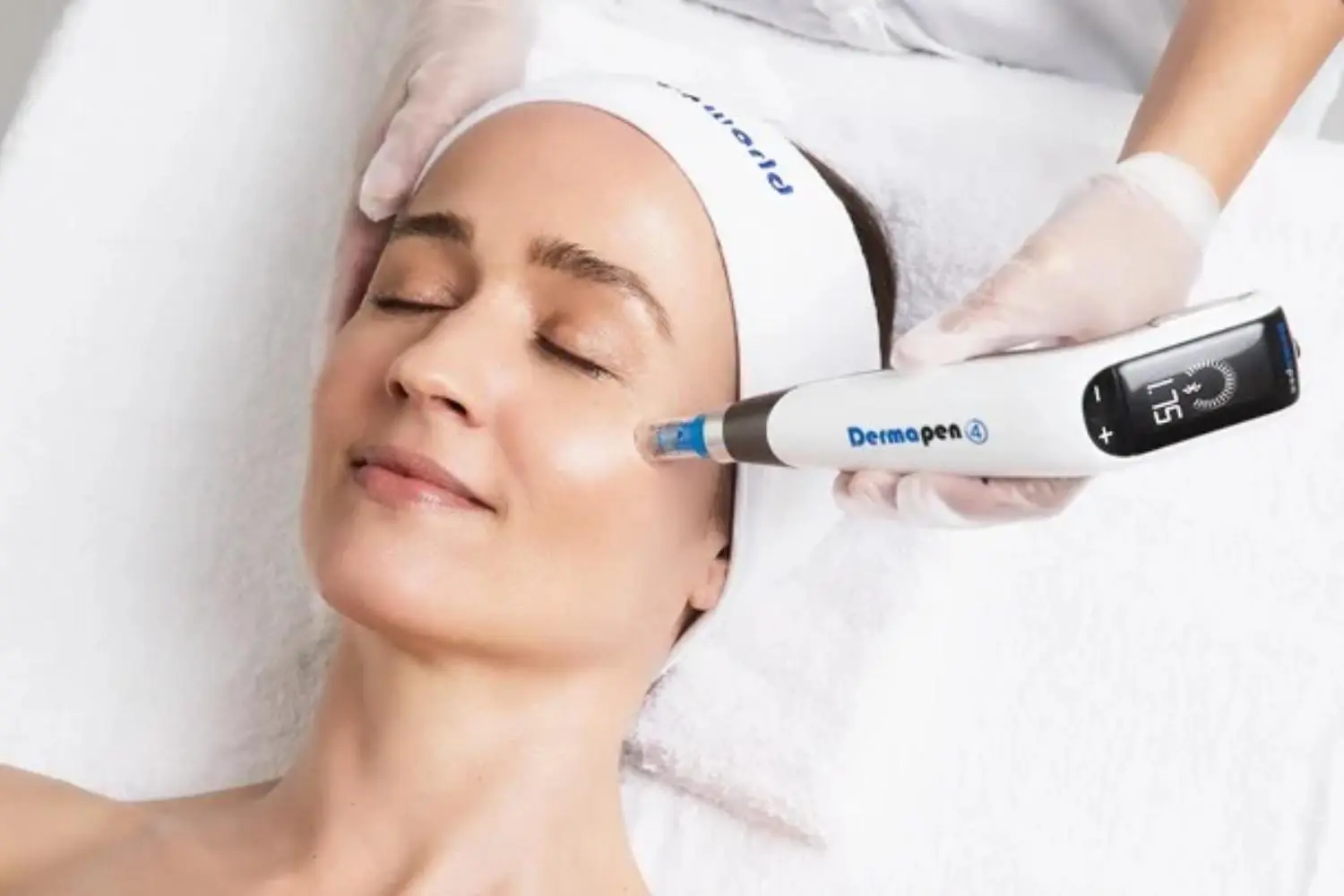Melasma is a common skin condition characterized by dark, discolored patches that can be challenging to treat. One emerging solution that has garnered significant attention is microneedling. But the burning question remains: Does microneedling help with melasma? Let’s explore this innovative treatment and uncover seven essential secrets to achieving melasma-free skin with microneedling.
1. Understanding Melasma and Its Causes
Melasma often manifests as brown or gray-brown patches on the face, particularly on the cheeks, forehead, nose, and upper lip. While the exact cause is unknown, common triggers include:
- Sun exposure
- Hormonal changes (e.g., pregnancy or birth control pills)
- Genetic predisposition
Knowing the underlying causes is the first step toward managing melasma effectively.
2. What is Microneedling?
Microneedling, also known as collagen induction therapy, involves using fine needles to create tiny, controlled micro-injuries on the skin’s surface. These micro-injuries stimulate the body’s natural healing process, promoting collagen and elastin production. This technique has shown promising results for various skin conditions, including melasma.
3. How Does Microneedling Help with Melasma?
Microneedling’s effectiveness in treating melasma lies in its ability to enhance skin renewal. By targeting the skin’s deeper layers, microneedling helps break down hyperpigmentation and facilitates the absorption of topical treatments. So, does microneedling help with melasma? Yes, when combined with the right serums or medications, it can significantly improve melasma’s appearance over time.
4. The Microneedling Process: What to Expect
Before undergoing microneedling, it’s crucial to understand the procedure. Here’s a step-by-step breakdown:
Consultation
A dermatologist or skincare specialist assesses your skin type, melasma severity, and overall suitability for microneedling.
Preparation
Your skin is thoroughly cleansed, and a numbing cream is applied to minimize discomfort during the procedure.
Treatment
A microneedling device is gently rolled or pressed across your skin, creating micro-injuries. The session typically lasts 30-60 minutes.
Aftercare
Post-treatment care includes applying soothing serums, avoiding sun exposure, and following a tailored skincare regimen.
5. Benefits of Microneedling for Melasma
Microneedling offers multiple benefits, making it a sought-after treatment for melasma:
Enhanced Product Absorption
Microneedling increases the skin’s permeability, allowing topical treatments like vitamin C or tranexamic acid to penetrate deeper and work more effectively.
Improved Skin Texture
Beyond reducing hyperpigmentation, microneedling enhances skin texture by stimulating collagen production.
Minimal Downtime
Unlike more invasive procedures, microneedling requires minimal recovery time, making it a convenient option for busy individuals.
6. Post-Treatment Care: Protecting Your Results
Proper aftercare is vital to ensure optimal results and prevent melasma from recurring:
Hydration
Keep your skin hydrated with gentle, non-comedogenic moisturizers.
Sun Protection
Sun exposure is a primary trigger for melasma. Always use broad-spectrum sunscreen with an SPF of 30 or higher.
Avoid Harsh Products
Steer clear of retinoids, exfoliants, and alcohol-based products for at least a week post-treatment.
Follow-Up Treatments
Consistent sessions spaced 4-6 weeks apart can maximize the benefits of microneedling for melasma.
7. Is Microneedling the Right Choice for You?
While microneedling is effective for many, it’s not a one-size-fits-all solution. Factors to consider include:
Skin Type
Individuals with darker skin tones should consult a dermatologist to minimize the risk of post-inflammatory hyperpigmentation.
Severity of Melasma
Microneedling works best for mild to moderate melasma. Severe cases may require additional treatments like chemical peels or laser therapy.
Commitment to Maintenance
Microneedling is not a one-time fix. Regular sessions and a disciplined skincare routine are essential for lasting results.
Conclusion
So, does microneedling help with melasma? The answer is a resounding yes, provided it’s performed correctly and paired with appropriate aftercare. This minimally invasive procedure offers a promising solution for individuals seeking to reduce melasma and achieve healthier, more radiant skin. By understanding the process, benefits, and post-treatment requirements, you can take a proactive step toward a melasma-free complexion.
Are you ready to transform your skin? Consult a certified dermatologist today to explore if microneedling is the right path for you.









